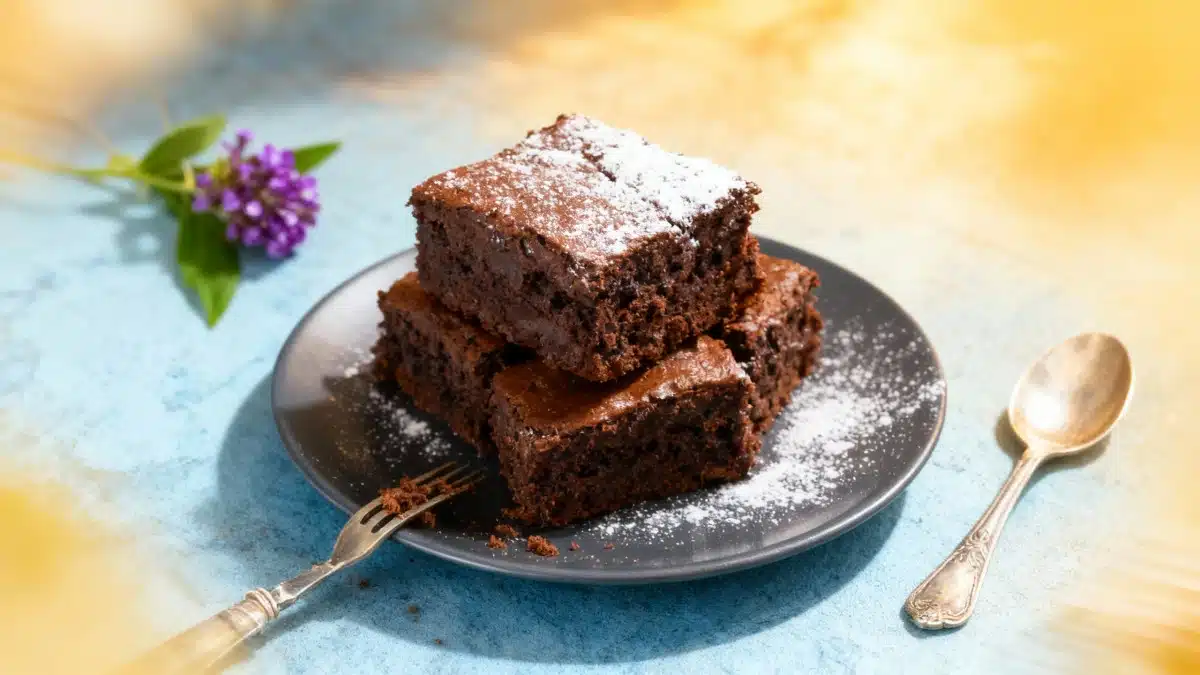Bright red, slightly spicy, and found on spice racks everywhere—paprika is the culinary chameleon you think you know… but do you really? What lies behind this dazzling powder is more intriguing than you might imagine. Ready for a little kitchen shock therapy? Brace yourself: paprika is hiding some spicy secrets!
The Astonishing Journey: Paprika’s Roots and Origins
Paprika didn’t just stroll into European kitchens one fine day. Its backstory stretches all the way to Central America, where, before Europeans even dreamed of pepper mills, the Aztecs and Mayas were already cultivating several varieties of sweet red peppers. Yes, paprika’s ancestry beats most family trees! It was Christopher Columbus (perhaps in search of something to liven up bland ship biscuits) who brought these peppers to Europe in the 15th century. The spice didn’t just settle quietly; it spread across the continent like culinary wildfire, eventually becoming a staple in countries like Hungary, Spain, and Turkey. Today, when quality paprika is discussed, these nations lead the conversation by a spicy mile.
Secrets of Production: Not Just Any Old Chili Powder
Let’s clear up a common misconception. Paprika is far from a one-note dried pepper. Its manufacturing process is a craft, a ritual, sometimes even a little bit of magic:
- The peppers are carefully sorted by hand (no tragic pepper left behind).
- They’re dried—some, in Spain’s La Vera region, are even smoked over oak wood, which infuses a deeper, richer, smoky character—quite the aromatic upgrade.
- The dried peppers are then ground into a fine powder. The tweak? Depending on the desired paprika type, different parts of the pepper can end up in your spice jar, resulting in sweet, hot, or extra smoky varieties.
Some producers aren’t content to stop there. To really make paprika sing with flavour, some will smoke the peppers over a wood fire, amping up those complex notes and transforming the humble powder into an aromatic powerhouse.
The Real Ingredients: Additions That May Surprise You
Here’s the part that might make you double-check your pantry. Paprika isn’t always just dried and ground pepper. To lock in its vibrant colour and boost the taste, certain brands add specific extras:
- Vegetable oil for sheen and stability.
- Smoky aromas to enhance depth.
- Natural colourants like carotene (no neon food dyes here, just plant power).
- Preservatives that strictly adhere to food safety standards, because nobody wants a side dish of risk!
But—before you clutch your apron in worry—these additions don’t mess with paprika’s essential flavour. In truth, despite these little tweaks, the unforgettable taste remains pure, powerful, and intact.
Paprika in the Kitchen: A True Culinary Hero
What would stews, ragouts, tajines, paellas, or soups be without that golden touch of paprika? This adaptable spice pops up everywhere, bringing not just a burst of taste, but also transforming humble fare into edible art. Try dusting a bit on cheese or roasted veggies—suddenly, it’s not just dinner, it’s a culinary celebration.
A few of paprika’s shining moments in the kitchen:
- Simmered dishes and stews gain complexity and a golden hue.
- Sprinkled over cheese, it brightens both colour and taste.
- Roasted vegetables move from the sidelines to the star of the show with a peppery kick.
With every pinch, the fragrance floats through your kitchen, a reminder that paprika isn’t just a red powder. It’s a treasure trove of aromas, traditions, and expertise. Every time you open your jar, remember—it carries centuries of culture and history, ready to add a splash of panache to your recipes and thrill every guest at your table.
So, next time that cheerful red powder winks at you from the spice rack, give it a little nod of respect. Behind that colour lies a tapestry of stories, from ancient Americas to modern kitchens—proving that paprika’s real ingredients might not just shock your tastebuds, but impress your whole culinary imagination!

John is a curious mind who loves to write about diverse topics. Passionate about sharing his thoughts and perspectives, he enjoys sparking conversations and encouraging discovery. For him, every subject is an invitation to discuss and learn.






